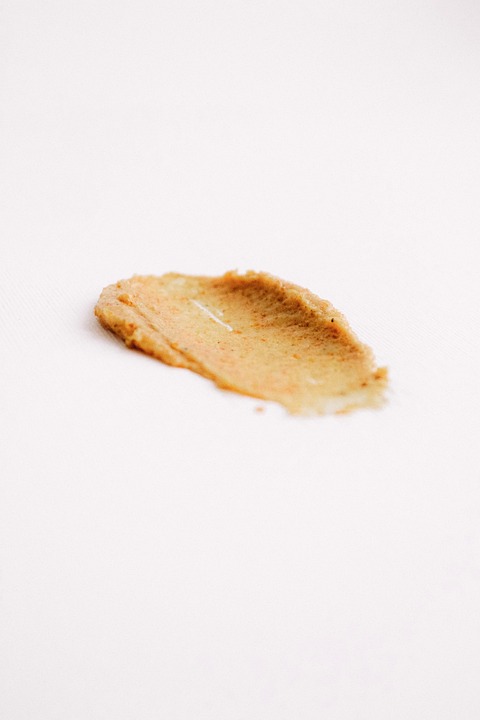
Understanding the Common Types of Foaming Cleansers: A Guide to Choosing the Right One for Your Skin
In a world brimming with skincare options, foaming cleansers have carved out a significant niche. Their appeal lies not only in the satisfying lather they produce but also in their perceived effectiveness. Yet, with a plethora of choices available, selecting the right foaming cleanser tailored to your skin type can feel akin to navigating a labyrinth. So, what should one consider when delving into the realm of foaming cleansers?
1. The Science of Foam: Why Do We Love It?
Foaming cleansers are beloved for their ability to transform mundane cleansing into a sensory experience. The foam itself is created by surfactants—substances that reduce the surface tension between ingredients, allowing dirt and oil to be lifted away from the skin. But it begs the question: does more foam equal more cleanliness? Not necessarily. While a rich lather can feel gratifying, it’s essential to consider the formulation. Some cleansers rely on harsher surfactants that might strip the skin of its natural oils, leading to dryness and irritation.
2. Identifying Your Skin Type: The First Step
Before embarking on your cleanser quest, a candid assessment of your skin type is crucial. Here are some common categories:
-
Oily Skin: Typically characterised by excess sebum, oily skin often benefits from foaming cleansers containing salicylic acid or tea tree oil. These ingredients not only cleanse but help combat breakouts.
-
Dry Skin: If your skin often feels tight or flaky, look for creamier foaming cleansers that contain hydrating agents like glycerin or hyaluronic acid, which provide moisture while cleansing.
-
Combination Skin: This type requires a balancing act—opt for foaming cleansers that are gentle enough for dry areas yet effective on oilier patches, perhaps with a mild exfoliating ingredient.
-
Sensitive Skin: For those prone to redness or irritation, fragrance-free, hypoallergenic formulations are paramount. Look for soothing ingredients such as aloe vera or chamomile.
3. The Ingredients Matter: What to Seek and What to Avoid
Ingredient labels can resemble a foreign language, yet they hold the key to understanding what you’re putting on your skin.
-
Beneficial Ingredients: Antioxidants like vitamin C and E can help protect the skin, while botanical extracts can soothe and nourish.
-
Harsh Ingredients: Be wary of sulfates, which can be overly stripping, and parabens, which some prefer to avoid due to potential hormonal implications. Alcohol can also be drying, so scrutinise formulations carefully.
4. The Application Ritual: Technique is Key
Even the finest foaming cleanser can fall short if not applied correctly. Start with damp skin; this allows the product to emulsify and create a richer lather. Gently massage the cleanser in circular motions, focusing on areas prone to dirt and oil buildup. Rinse thoroughly to ensure no residue remains, as lingering product can lead to clogged pores and breakouts.
5. Beyond Cleansing: Integrating into Your Skincare Routine
A foaming cleanser should be just one cog in the wheel of a well-rounded skincare routine. Following cleansing, consider using a toner to balance pH levels, followed by serums and moisturisers tailored to your skin’s needs.
Finding Your Perfect Match
Choosing the right foaming cleanser is not merely about personal preference; it’s about understanding the unique needs of your skin. With the myriad of products available, taking the time to assess your skin type, scrutinise ingredients, and adopt an effective application method can lead to a cleansing experience that not only feels luxurious but also enhances your overall skin health.
BargainsTrust continues to bring you a curated selection of products, ensuring you make informed choices in your skincare journey. Embrace the world of foaming cleansers with confidence, knowing that the right one is out there waiting to transform your routine.







